Archaeology has, traditionally, faced the challenge of reaching diverse audiences.
Why does it matter to the individual? What positive impact can it have on communities?
Other hurdles have also had to be overcome, like getting the balance right between encouraging people to go out and uncover more about the past, while protecting the often fragile archaeological sites in our region.
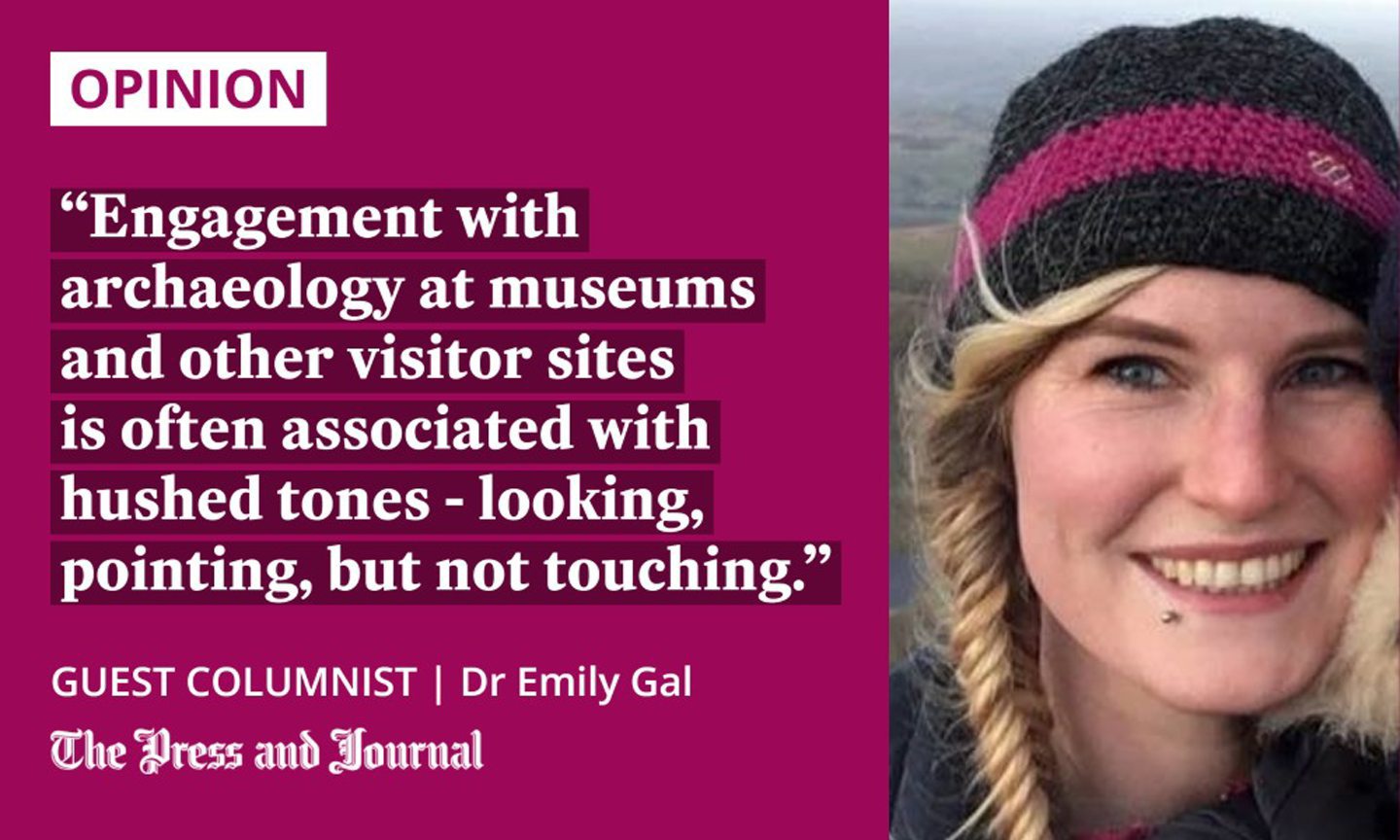
We’ve already seen a big increase in digital archaeology and solutions for heritage interpretation in recent years, not least as a result of the Covid-19 pandemic. Many museum collections have been shared online, allowing anyone to explore artefacts from the comfort of their living room.
It is likely that this trend will continue in the coming years, with an explosion of cutting-edge technology. Heritage practitioners are making the most of tech like virtual and augmented reality to bring the past to life, making it more accessible, and more engaging.
There is very little left to help visitors understand significant sites
Uist in the Outer Hebrides has amazing and internationally significant archaeology. Excavations there have contributed fundamentally to the development of field and laboratory techniques for decades.
Uist boasts some of the best-preserved early Neolithic tombs in Scotland, while excavations at Bronze Age Cladh Hallan in 2001 revealed the first evidence for prehistoric mummification practices in Britain.
The islands are also blessed with fantastic and diverse landscapes, like the machair of the west coast, and peatlands in the east that preserve the things that get archaeologists excited.
However, in many cases there is very little left on the ground to help visitors or communities understand these significant sites and the sense of deep time they evoke, with few containing any form of visitor interpretation. These challenges prompted the development of the Uist Unearthed app, which launched for the first time in in July 2021.
Using augmented reality, the app allows visitors to trigger life-size, interactive digital reconstructions of five archaeological sites along the Hebridean Way in Uist. This technology adds a digital overlay to the real world, using a phone’s camera to recreate what used to stand there. The app is fully bilingual, containing audio, infographics, and text reflecting on aspects of Gaelic language and culture.
By better understanding what has happened in the past, archaeology can enhance our sense of place, while also encouraging further stewardship and comprehension of the important sites on our doorstep
Visitors to the accompanying pop-up multimedia exhibition can use virtual reality headsets to immerse themselves in a digitally reconstructed prehistoric, Viking, or medieval world, explore colourful 3D printed objects, and discover oral histories relating to Uist’s archaeology.
Archaeology can enhance our sense of place
In designing Uist Unearthed, my colleague Dr Rebecca Rennell and I wanted to better showcase Uist’s archaeology, which has the potential to bring important social and economic benefits to our area.
By better understanding what has happened in the past, archaeology can enhance our sense of place, while also encouraging further stewardship and comprehension of the important sites on our doorstep. Uist Unearthed was designed with that in mind.
The full augmented reality reconstructions can only be accessed by scanning a QR code onsite. As landscape archaeologists, we maintain that being on the ground is essential to our understanding of the past.
If we want to really comprehend how the landscape profoundly influenced the way past people lived their lives, there is no substitute for being there in person. This technology seeks to enhance that experience and understanding, rather than replace it.
Encouraging a sense of fun
Engagement with archaeology at museums and other visitor sites is often associated with hushed tones – looking, pointing, but not touching. Our use of digital technology aims to make this a more immersive experience, while encouraging direct engagement with place and a sense of fun.
We work frequently with school groups and young people, and an app is a great initial hook – we’ve seen kids getting involved in imaginative play at these sites after the phones have been put away, inspired by the stories told within the app. By increasing the sense of wonder, the sense of pride of place increases.
As visitor numbers increase, it is essential to encourage “stop and spend”, and the sustainable development of tourism. By balancing this with community participation and encouraging the recognition of public heritage, there is real value here.
Uist Unearthed is a great example of how UHI’s academic activity has broader relevance beyond the academy, extending into the communities in which we live and work.
Archaeology is for everyone and, through innovative digital methods, we want to make it more engaging and more accessible.
- The Uist Virtual Archaeology Project is delivered by archaeologists at UHI Outer Hebrides, in collaboration with Comhairle nan Eilean Siar. The project is part-funded by the European Regional Development Fund’s Natural and Cultural Heritage Fund, administered by NatureScot, The National Lottery Heritage Fund, Comhairle nan Eilean Siar, and Stòras Uibhist
Dr Emily Gal is coordinator for the Uist Virtual Archaeology Project, and a lecturer in archaeology at UHI Outer Hebrides
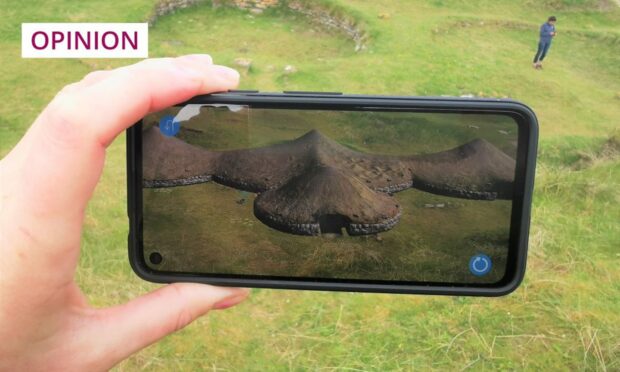
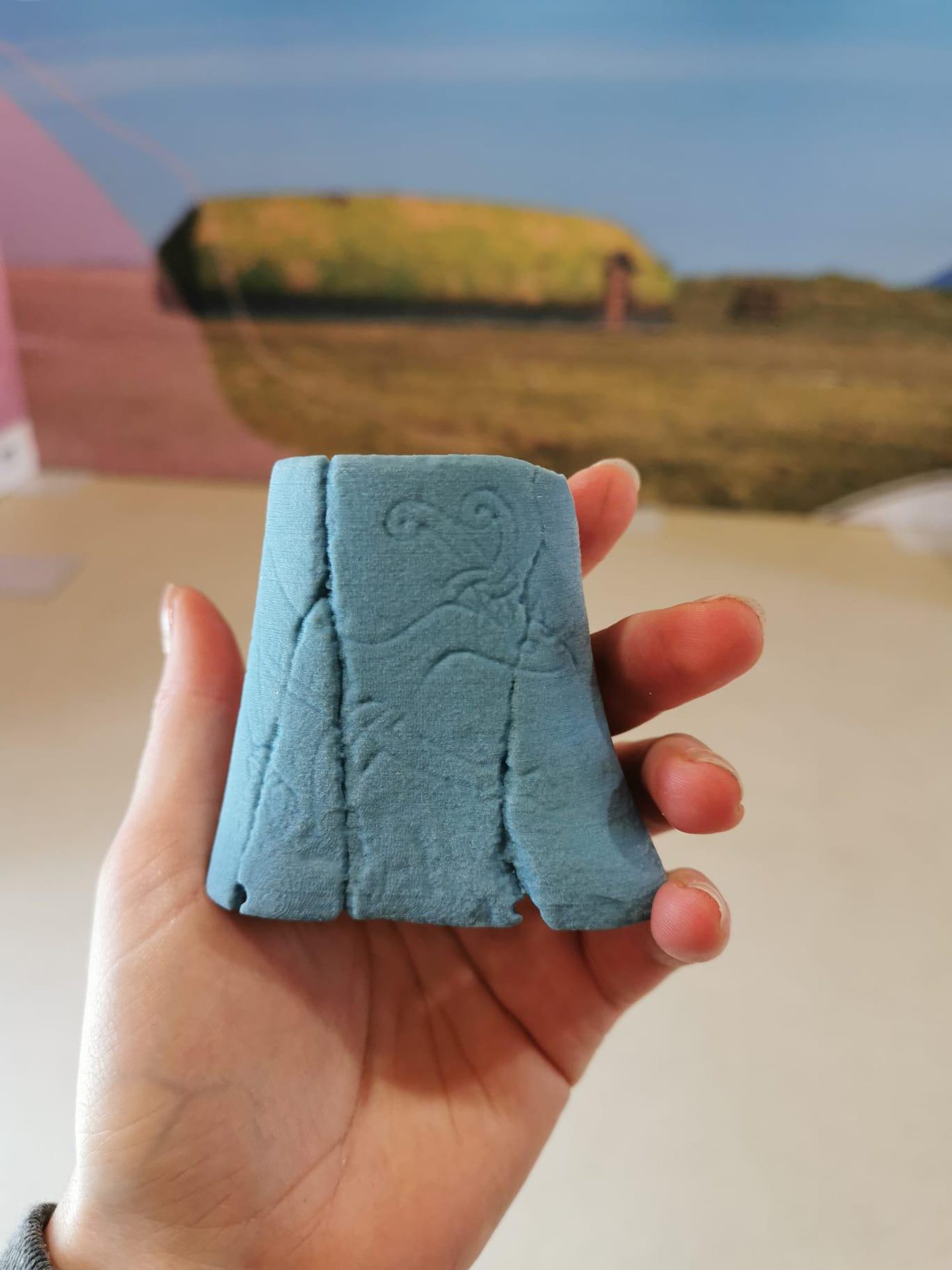
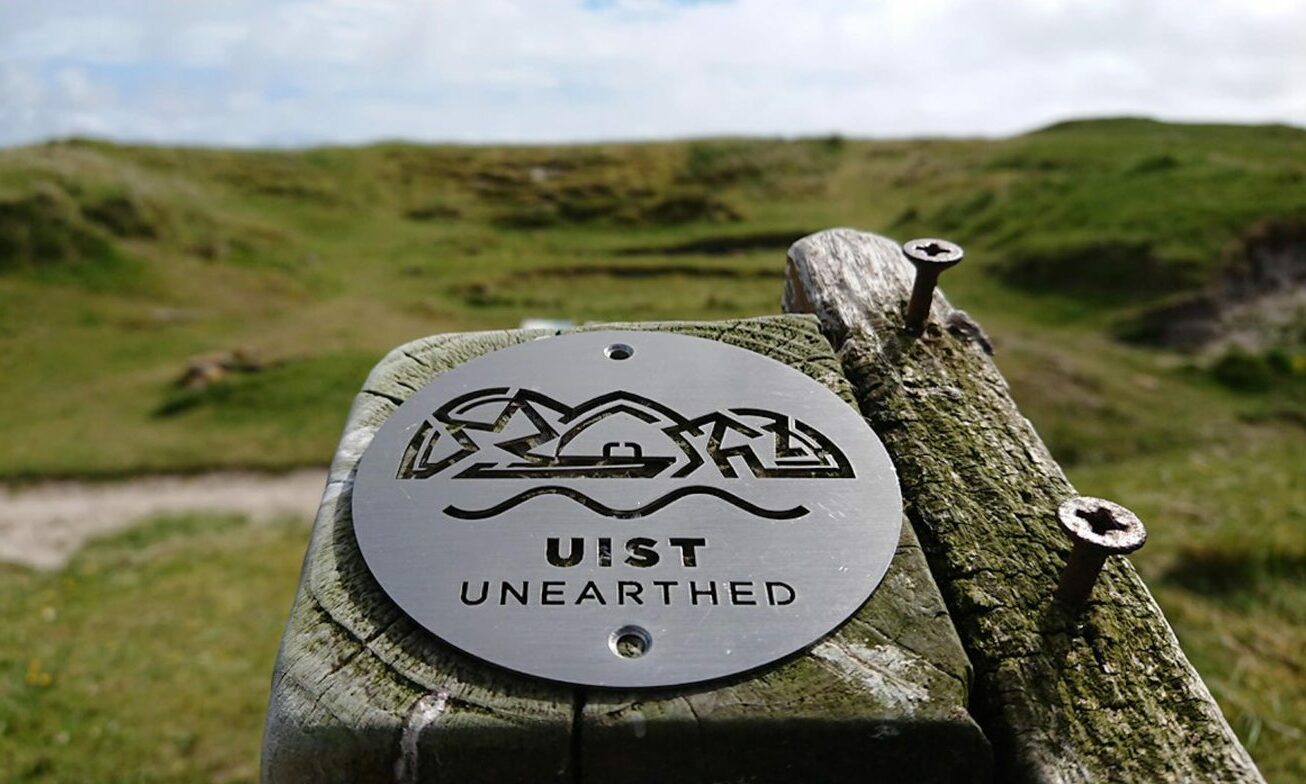
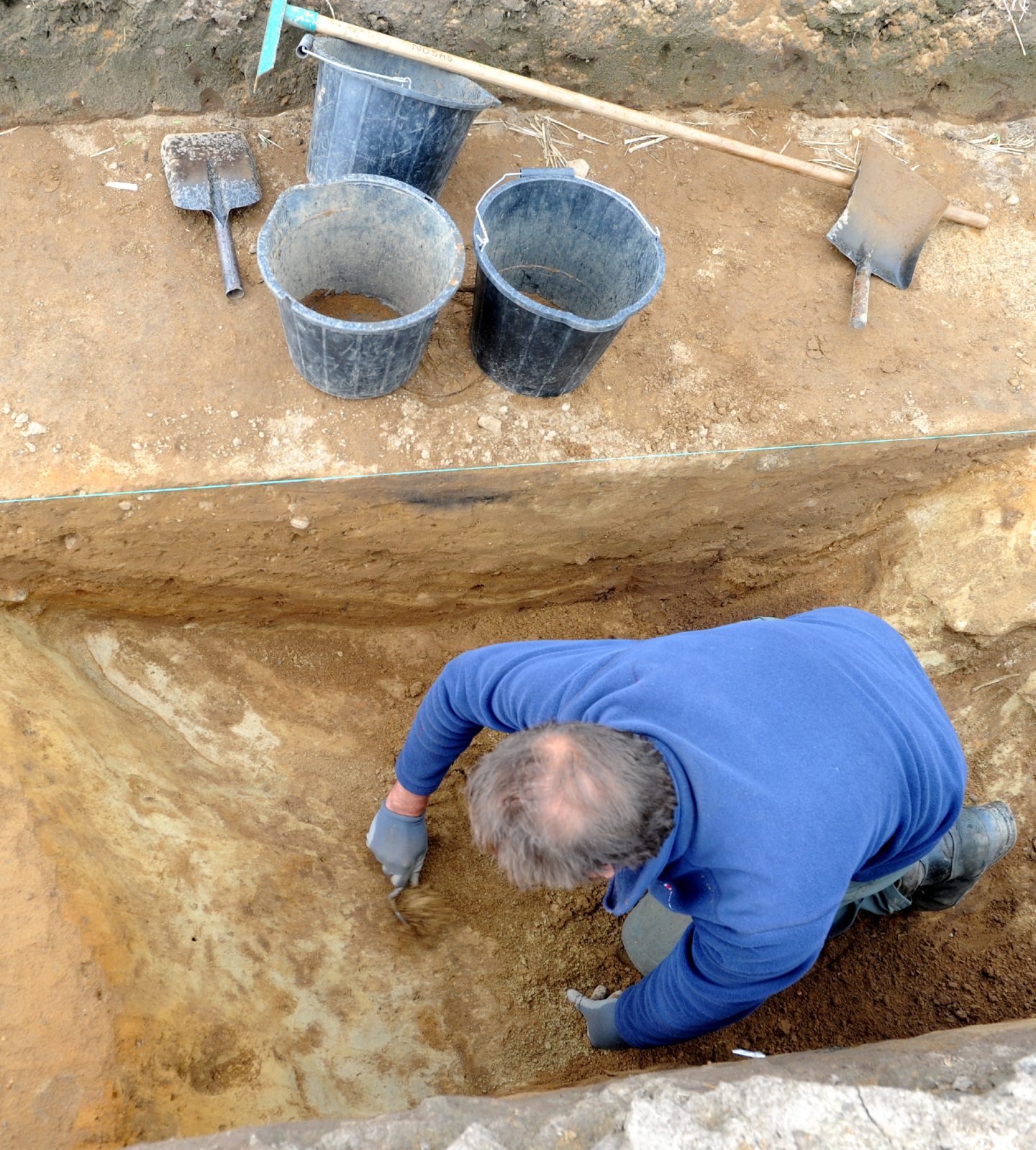
Conversation